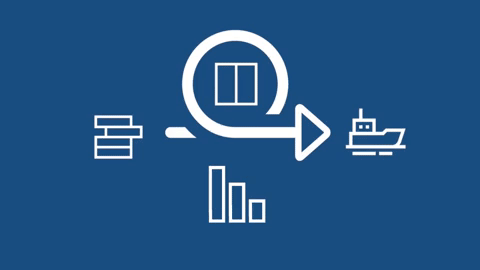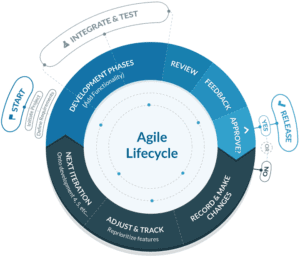The Four E’s of Leadership Development in Corporate Agile Training
Introduction
We live in an age where corporate agile training and coaching tailored to your organisation’s requirements to maximise training success is needed.
Firms have also realised that anyone can take the reins, but not everyone makes a good leader. Employers frequently think in terms of skill development, whereas they should focus on agile corporate training to develop leaders who can steer the organisation to new heights.
Whether it’s B2B account management or having a contingency plan in place, these 4 E’s of leadership development can help you navigate tough times ahead and deliver extraordinary financial performance.

This is where Jack Welsch’s Four E’s of leadership development comes into play. The “4E’s” of leadership, as defined by Welch, were crucial to his success. According to him, a 4E leader is all an organisation needs. A leader who is highly motivated, competitive, and capable of inspiring others to achieve great things. Such leaders also routinely reach their financial goals.
The corporate agile training lays emphasis on the 4 E’s of leadership development that enables leaders to brave through erratic, unexpected, and unstable business cycles.
Here are the 4 E’s of leadership development:
Energy:
Energy is the capacity to move quickly, thrive on activity, and embrace change. Extroverted and upbeat people tend to have positive energy. They are naturally friendly and talkative. They are individuals that enjoy working hard and don’t grumble about it. Such leaders also enjoy playing and are generally happy people. Those who have great energy are high in this “E” quotient and are eager to face any challenges.
Energise:
Leaders need to have the capacity to energise others. People with energy can motivate their team to accomplish the seemingly unattainable while having fun. Someone who has a thorough understanding of their industry sets a strong personal example and is skilled at persuasion will exude energy.
Edge:
Having an edge is having the guts to choose one of two extremes. Smart people may consider a situation from all possible angles, but smart people with an edge know when to stop and make a difficult decision, even without all the facts.
Execute:
The ability to execute refers to the capacity to complete a task. It turns out that someone can be upbeat, inspire those around them, make difficult decisions, and still fall short of the goal. Execution is a special and distinctive skill. It indicates that the person can move decisions forward to completion despite opposition, commotion, or unforeseen impediments. People who execute are aware that getting outcomes is what wins. Leaders with an edge excel in their roles.
Conclusion
Using the 4E’s, firm presidents and chief executives may quickly and effectively determine the future generation of leaders. It is believed that the first three E’s are more about leadership than management. It is possible to be a good leader with only the first three E’s; but to succeed, you need great managers who can work with you to ensure your vision is carried out.
A great leader is someone who can comprehend and use all four elements. Anyone who can understand and use all four aspects is a superb leader. Finally, and this is very important, you should be able to communicate that objective to your clients. This will enable you to inspire your employees and share a vision with them.
So, how do you think you compare? Investing in regular corporate agile training programmes and workshops can help you become a great leader and help you put the 4 E’s into practice.



 Analogously, agile hiring is aimed at being more cognizant of the needs of the organization and making the process more efficient.
Analogously, agile hiring is aimed at being more cognizant of the needs of the organization and making the process more efficient. 